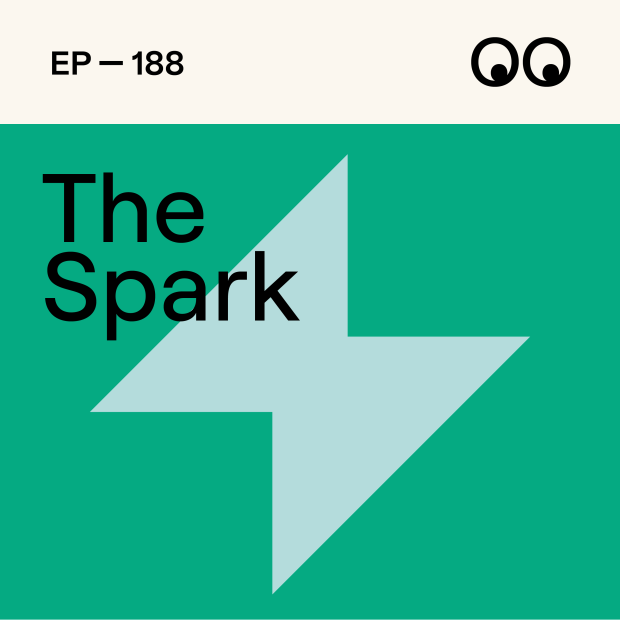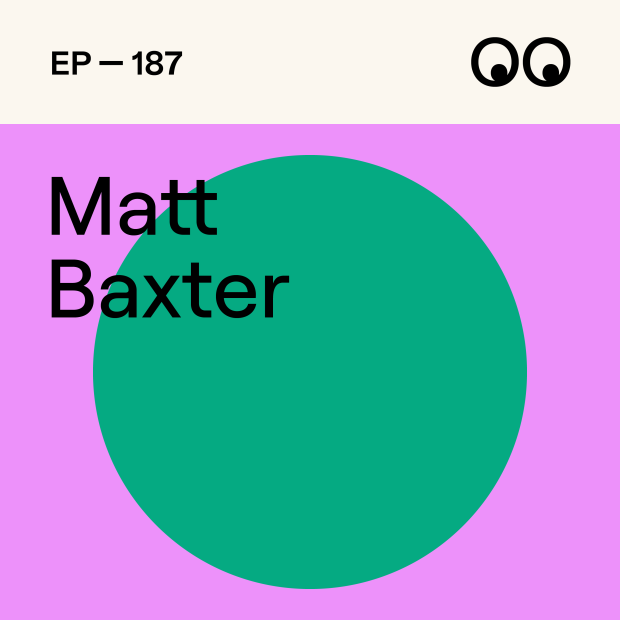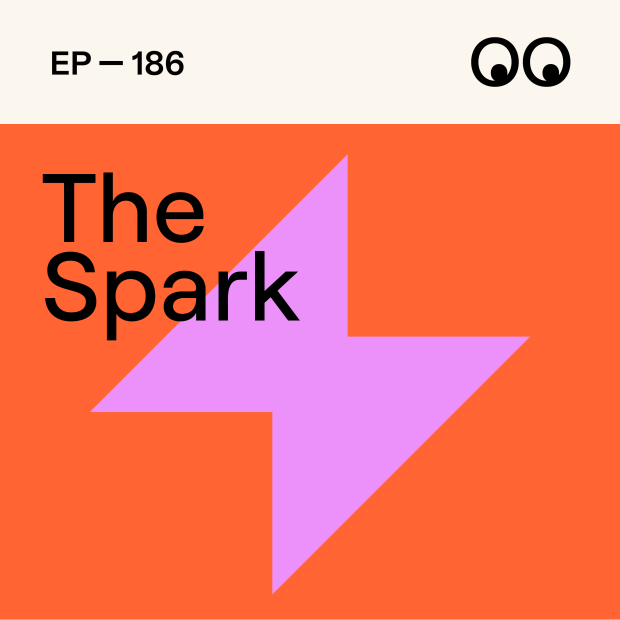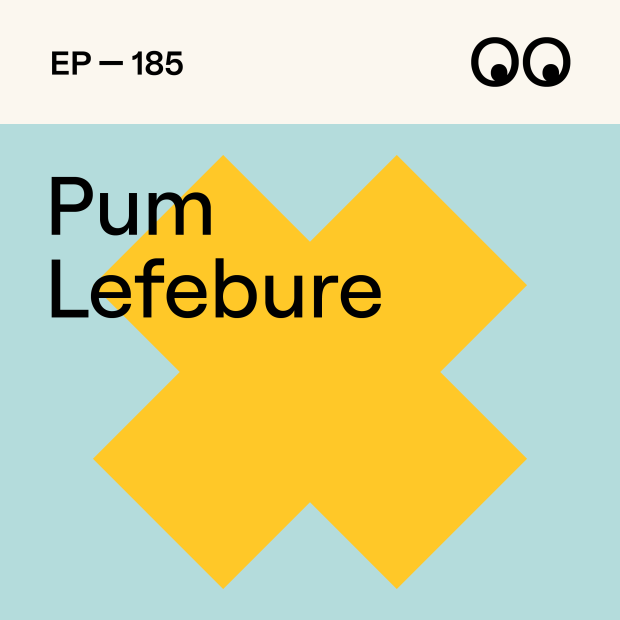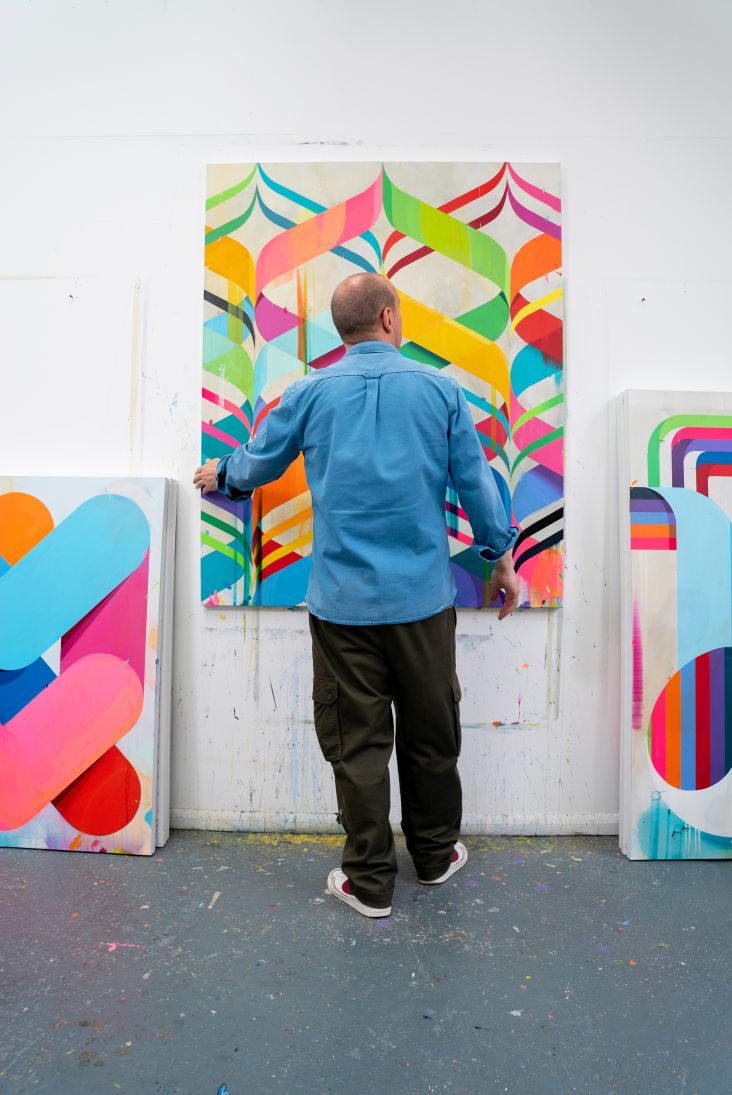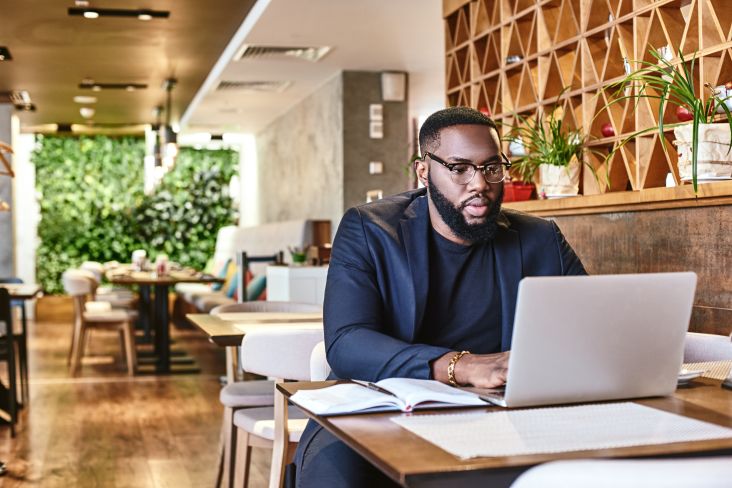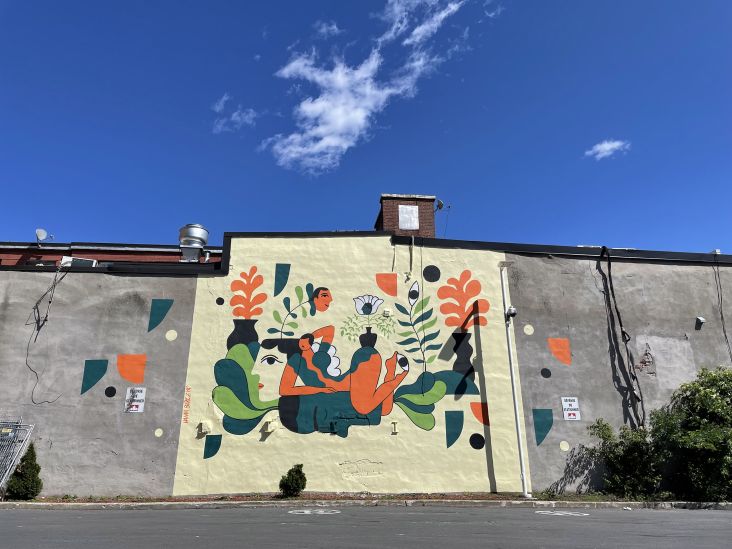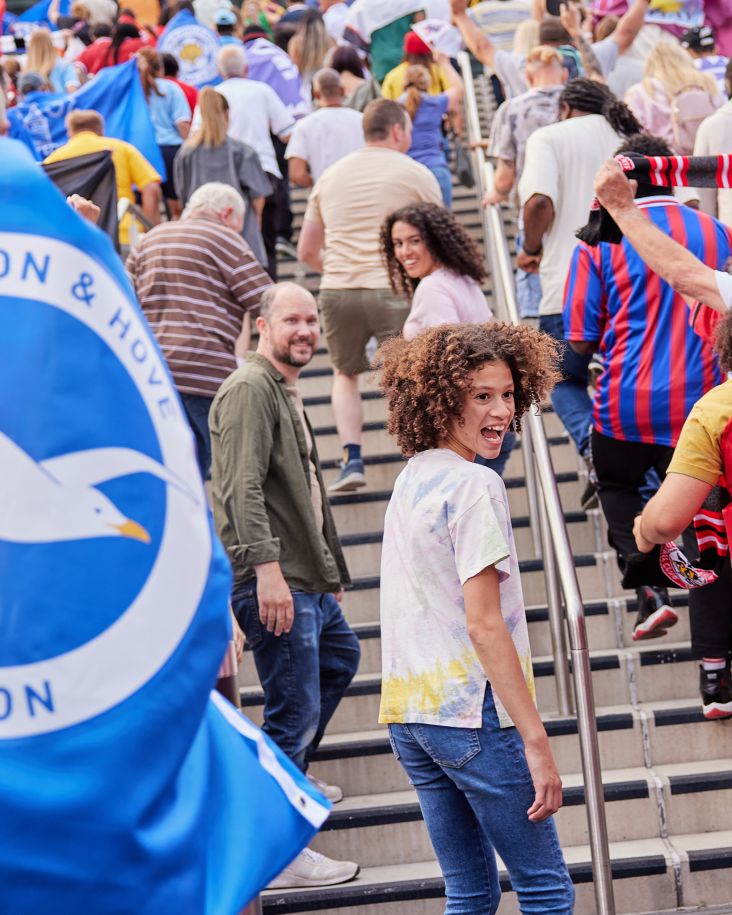Top tips from creatives on how to tackle those common work anxieties
If there's one thing for certain in life, it's that we all suffer from the same inner critic. It's part of being human, telling ourselves negative things that are most likely untrue. These voices can hold us back, trample our confidence and stifle creativity. So what to do? We asked our creative community for some advice.

Image licensed via Adobe Stock
Whether we think we're not good enough or are constantly comparing ourselves to others, we often fall down a rabbit hole of anxiety as creatives. It's not surprising, given how everything we make is on display and that we exist in such a competitive field. Every day we're bombarded with amazing work by others, and whilst that's inspiring, for the most part, it can also make us worry we'll be left behind.
Demons in our head are just that, though. They're critical inner voices that aren't real. So what are these common work anxieties, and how do we tackle them? There are plenty of ways we can overcome negative thoughts. Below we share some examples of typical things we tell ourselves and follow up with some advice from artists and designers to help beat them.
"I'm not good enough. I'll never be a success."
Ah, that grand old dose of imposter syndrome. It happens to the best of us a lot of the time. It's a classic demon that tells us we'll never achieve anything because we're just rubbish at what we do. Of course, the opposite is true.
Brighton-based illustrator Connie Noble says: "I get such bad anxiety about things not working out! Every month I think, 'Oh wait, everyone has realised I'm actually rubbish', and then something nice happens – I get work or a nice reply or a lovely message or someone in real life says something kind – I've started screenshotting things now."
Connie is right. Keep a treasure trove of nice emails, happy reviews and kind comments – one you can refer back to whenever this particular voice strikes. "I have a little folder in my phone of nice messages – a note where someone I didn't know brought up my work in person, or an email where an art direct was complimentary. It's easy to forget how many we all get in our career and just focus on the negative," she says.
"Everyone's doing so much better than me."
LinkedIn can be a minefield for unhealthy comparison. One scroll through the feed to see how great everyone's doing is enough to tip any sane person over the edge. And then reading through those comments, congratulating others on their achievements, can leave you feeling cold.
You have to remind yourself of your own success and talent. And repeat this truth: we're all on our own paths, so what's the point in comparing ourselves to others? "The people I often compared myself to at university have a completely different skill set. I remind myself they probably feel the same about their work, too," says designer Katie Price. "But sometimes it's general anxiety, and in which case, it's not a voice; it's a creative shut down. Slowing down and taking a breather has been my only answer."
Artist Michelle Heron confesses that she also finds Instagram challenging sometimes: "It makes me compare myself with other artists. I'll see a peer get selected for an exhibition, and I'll start to believe that my work isn't as good as theirs or maybe I don't fit in somehow. I think it's common for artists to feel like outsiders."
Michelle admits she'll often take breaks from social media when it gets too much. "I remind myself of all the amazing shows I've been selected for in the past," she says. "Or I'll enter work for new opportunities whenever I get a rejection, just to keep moving forward and not wallow for too long. Chatting to artists helps, too."
"Comparison is the thief of joy," as artist, writer and broadcaster Ben Tallon reminds us. "The world was always full of strife, but incessant information and the media (which aims to grip you with dramatic headlines) make it all feel much worse. So avoid doom-scrolling – the science of that shows why we feel so distraught afterwards. Manage your time on social," he says.
"Why isn't that person following me on social media or liking my stuff?"
You'd be surprised to learn that even the biggest names in the design industry, at any age, suffer from this particular insecurity. Instagram might offer a chance to showcase our work and make nice connections, but it can also fan the flames of our anxiety. We might read into things too much. Worry we've said something wrong. Or even feel perplexed that we've not been accepted into the elite inner circle of design gods.
First of all, let's tackle "the ladder" – the so-called hierarchal system. It doesn't exist. You heard me. Ok, there are "big names" in any industry, but that doesn't mean you don't belong, too. Because when you take a step back and realise that most people are just as insecure as everyone else, trying to hold their place and be a success, you can relax – even chuckle at the absurdity of it all. The truth is, we can all do well in life. You just have to ignore what others think, focus on your strengths and strive to do better. Besides, some of the best artists and designers I know are people you've probably never heard of.
Holding that profound thought, I move on to my second point: you can't control how others feel or what they do, but you can control how you react. "I split problems into two categories; ones I can do something about and ones outside of my control," says Matt Corvis, a Hampshire-based illustrator. "If it's something I cannot do anything about, worrying about it will not change the situation. So I relax."
Sheffield copywriter Jess Peace agrees and encourages us to find the source of our anxiety. "If I can pinpoint why I'm feeling uneasy, I then ask myself: can I change it? Is it rational? Is there evidence to support this thought? If the answer is no, I know the thought is intrusive and will pass eventually."
And if she can't figure out where her insecurities are coming from? "I go for a walk, listen to music and avoid social media. But in general, I try to combat every negative 'what if' with a positive one. Imagining the worst-case scenario, then the best almost always puts things into perspective!"
The world was always full of strife, but incessant information and the media make it all feel much worse. So avoid doom-scrolling – the science of that shows why we feel so distraught afterwards. Manage your time on social media.
"What if the client hates my work or the project fails?"
This voice is especially taxing as it can stifle creativity. "When my inner critic pipes up, it usually just whines, 'What if they don't like it?'," says copywriter Jonathan Wilcock. "At that point, I remind it that I'm happy with it. It answers the brief, we've allowed time for changes, and so, we shall see. Then I call that inner critic a twit-hole."
We like that last bit of advice: removing yourself from the inner demon by treating it as a separate entity that holds no power over you. (More on this later...)
"I always have the anxiety of finishing projects," agrees Matt Lamont of Out of Place, a design studio based in Bradford. "Wondering if implementation and handover will bring any negatives (never has). Overcome by always juggling multiple projects to keep the mind active. Breaking everything into small tasks. And scanning the design archive to regulate breaks."
If all else fails, designer Hiltonicous has a reality check. "When the negative voices start to creep in, I remind myself of a simple fact: it's just graphic design. Nobody dies if I get it wrong or my client isn't 100% happy. I then step away, distract myself and come back to it later with a fresh mind."
"My work isn't good enough for art and design blogs or to share on my own feeds."
Ah, the fear of rejection. It's something we all suffer from. It's not surprising that artists and designers feel anxious about sharing work with publications like Creative Boom, worrying their submission will be ignored or receive criticism from others once it's published. Let alone the stress of adding projects to Instagram only to see engagement spectacularly tank. It means we freeze and don't do any self-promotion at all. And that's not good for business.
"When you get stuck, it leads to doubt and anxiety," says Sheffield-based architect Satwinder Samra. "This is a normal part of any creative process. We all feel this. But always share your work as it's coming to life with others. It will avoid overthinking and really helps. Remember to make, share, and reflect. Repeat."
And if all else fails? Miza Firdaus adds: "When I'm balled up and freezing from anxiety, the simplest things are always the best solutions. But one thing that's helped me the most is affirmations, like 'this feeling is uncomfortable and unpleasant, but I can accept it'. It allowed me to take my time and to just be."
As for engagement on platforms like Instagram, Ben Tallon says: "The recent algorithm changes served me with a great reminder that all of these platforms are not owned by us, so ultimately privileges. While I still use them, I have returned focus to my website, mailing lists, and developing relationships in a direct manner."
To conclude
That critical inner voice is something we all have. It doesn't matter how successful we are or whether we're more advanced in our careers – these common anxieties can always invade our minds. But there are various tricks you can deploy to keep them at bay, as outlined by the creative community here.
Our advice is to associate these voices with a character. It could be a chimp, demon or gremlin. Whatever works for you. Then give it a name. Doing so will help you immediately detach your inner critic from the more rational side of your brain, separating it from reality. Talk back to it and put it on the stand. This is a fine trick borrowed from cognitive behavioural therapy (CBT) called cognitive restructuring, where you see if there's any evidence to support your inner negative thoughts.
The truth is these thoughts aren't fact. They're insecurities – silly things we tell ourselves when feeling down. So shout back at your inner gremlin, tell it to shut up, and then here's the icing on the cake: tell it something positive instead. For example, "Don't be silly, Gavin! I'm more than capable of tackling this project. I've got ten years of experience behind me, and I can handle anything." Or "Be quiet, Stacey! The small number of likes on my latest Instagram post doesn't reflect my breadth of skill and talent. It's just the stupid algorithm changing, silly!"
You get the picture. Turn your inner critic into a character. Give it a name. Put it on the stand and demand evidence of its ridiculous statements. And then talk back at it with self-love, self-compassion and positivity. And always know that all will be well.
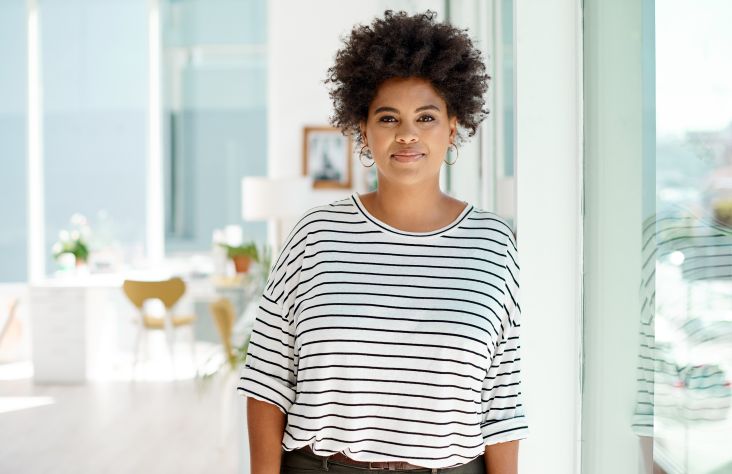
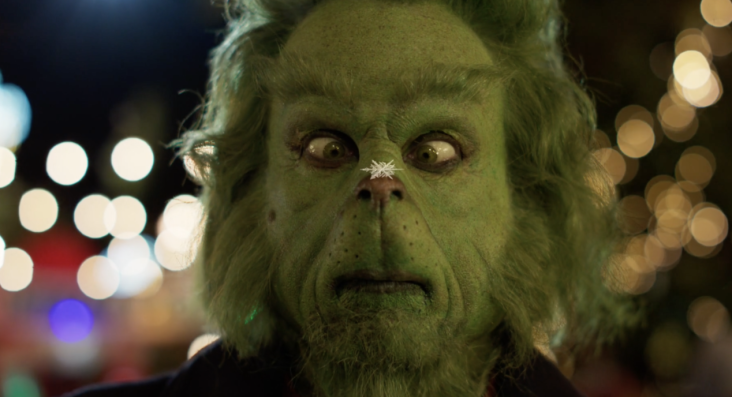
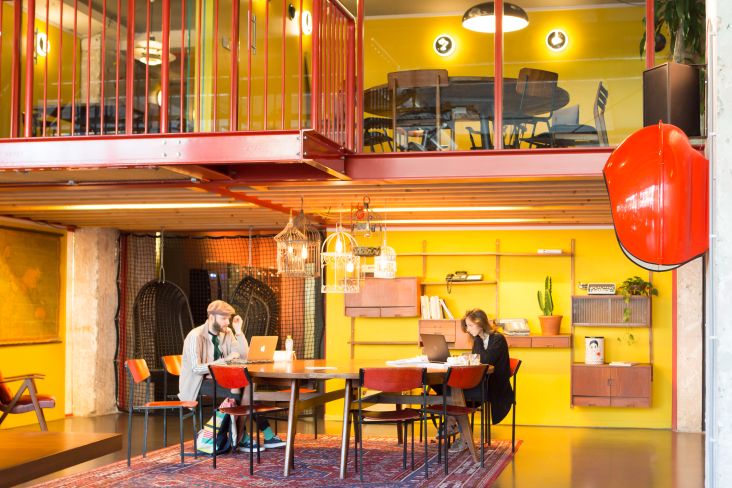
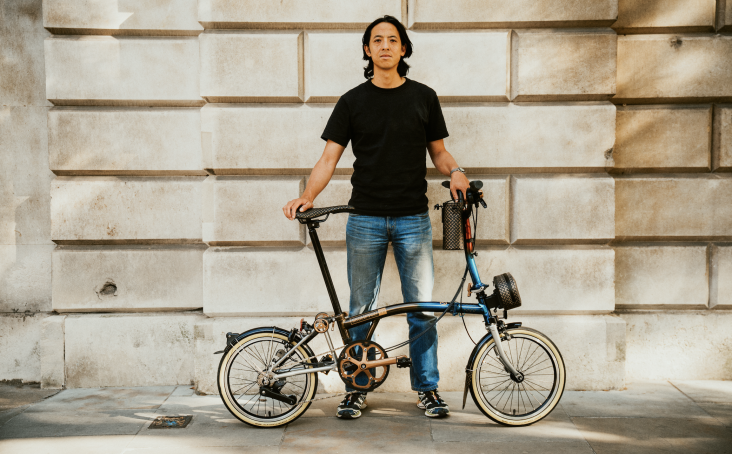
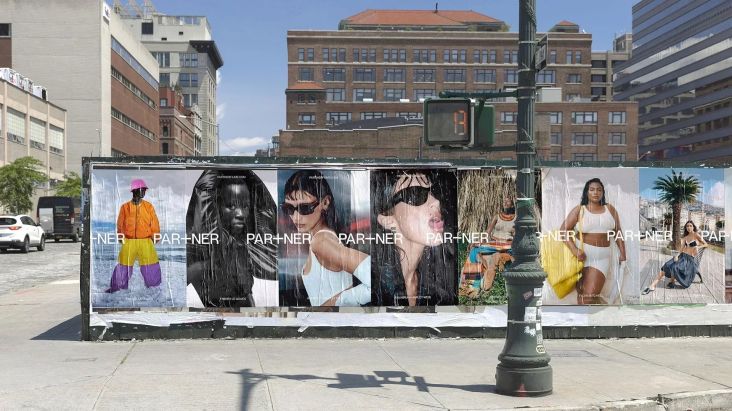

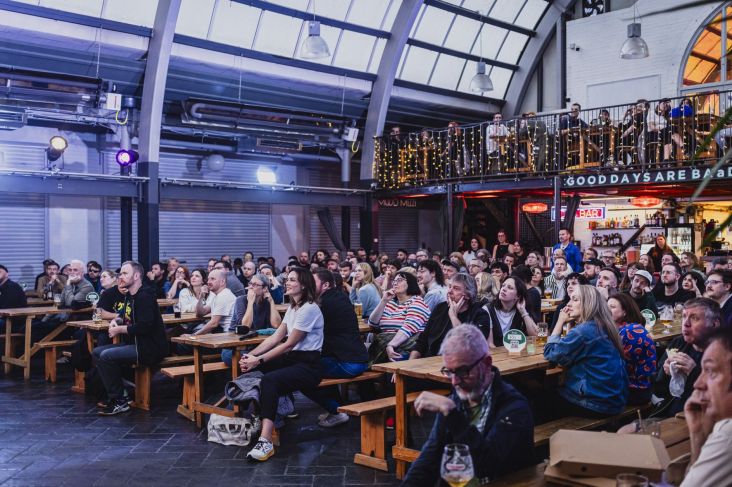
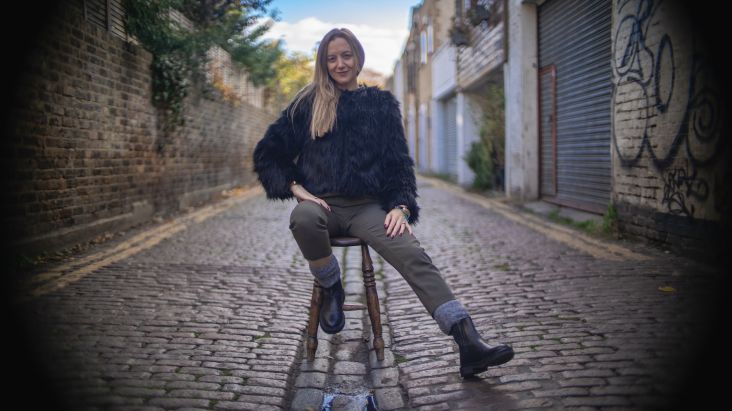
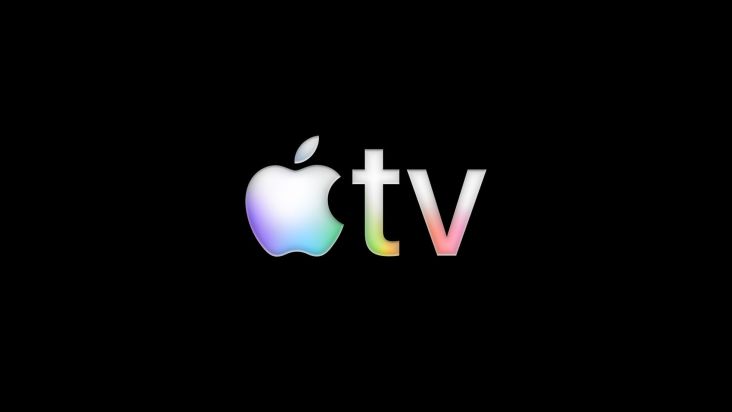
 using <a href="https://www.ohnotype.co/fonts/obviously" target="_blank">Obviously</a> by Oh No Type Co., Art Director, Brand & Creative—Spotify](https://www.creativeboom.com/upload/articles/6e/6ed31eddc26fa563f213fc76d6993dab9231ffe4_732.jpg)
